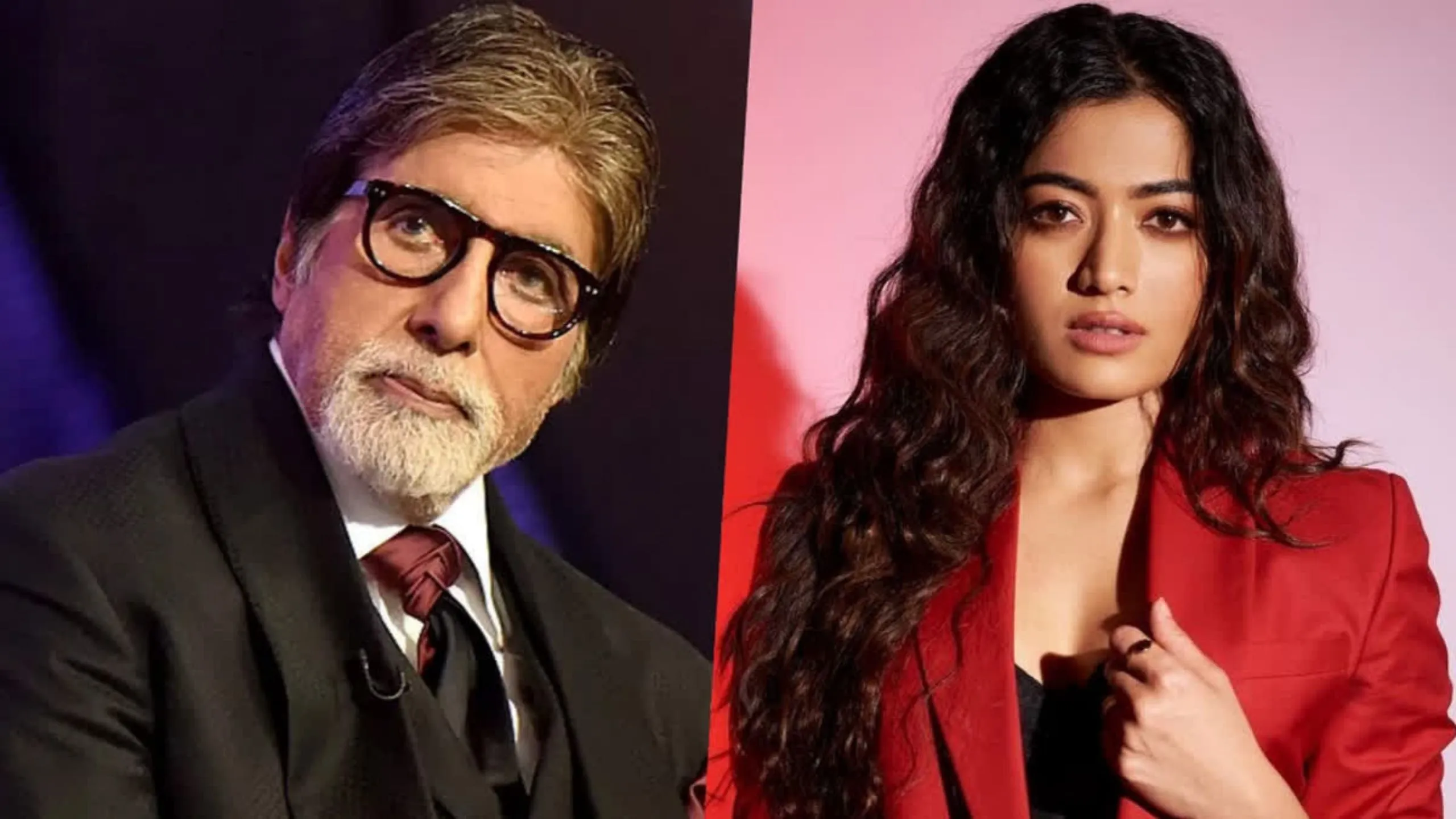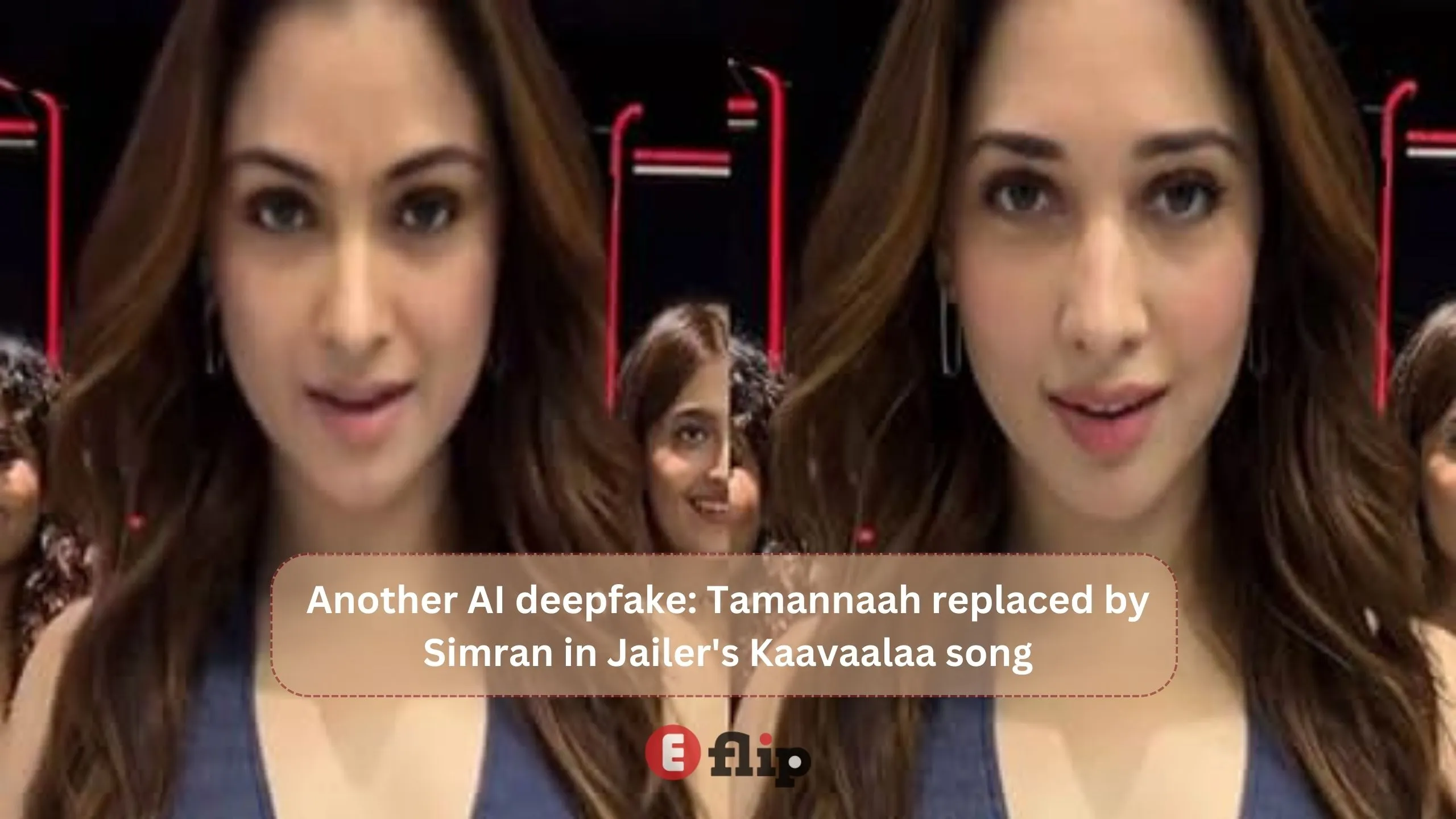As technology leaps forward, the rise of AI-powered deepfakes has taken the internet by storm, making it crucial to know how to detect these fraudulent images, audio, and videos.
In a recent twist of events, the beloved actress Rashmika Mandanna found herself entangled in a deepfake controversy. A video, now viral on social media, seemingly captures a woman entering an elevator, but here’s the catch: her face has been digitally transformed to bear a striking resemblance to Mandanna’s. What initially appeared authentic turned out to be a skillfully crafted ‘deepfake’ – a manipulative work of fiction. The original video stars British Indian girl Zara Patel, who became a canvas for the insertion of Mandanna’s face.

Even Bollywood legend and Mandanna’s co-star in the movie “Goodbye,” Amitabh Bachchan, voiced his concerns about the rising trend of deepfakes and called for legal action.
Adding his voice to the discussion, Rajeev Chandrasekhar, the Union Minister for Electronics & Technology, took to the social media platform X to highlight the gravity of deepfakes. He labeled them as the newest, and arguably most treacherous, form of misinformation, and emphasized the need for social media platforms to confront and address these digital deceptions. Chandrasekhar also emphasized the legal responsibilities of these platforms and the IT regulations that pertain to tackling this menace.
What is a deepfake video?
Ever heard of “deepfake”? It’s a sneaky term formed by blending “deep learning” and “fake.” Deepfake videos are the sneakiest of them all, created by using algorithms to swap out the original person in a video with someone else, often a famous figure, making it look utterly real.
This wizardry relies on deep learning, a slice of artificial intelligence (AI) that crafts fake scenarios, events that never even occurred. Deepfake videos have flooded the internet, thanks to the rise of AI tools. Some of these tools are not only accessible but also free to use, making the problem of counterfeit photos, videos, and audio even worse.
As technology continues to improve, the realm of deepfakes is expanding, with pictures, audio, and videos all being manipulated using deep learning. This branch of machine learning gobbles up massive amounts of data to churn out fake content that appears startlingly genuine.
Deepfake videos may be convincing, but here are seven hints to help you uncover the artifice:
- Unnatural Eye Movements: Keep an eye out for peculiar eye behavior. Is there a lack of blinking or erratic eye movements?
- Mismatches in Color and Lighting: Observe discrepancies in color and lighting between the person’s face and the background. Do they seem out of place?
- Audio Quality: Listen closely to the audio. Does it sync seamlessly with the person’s lip movements, or is there a noticeable disparity?
- Visual Inconsistencies: Scrutinize the visuals. Are there odd body shapes or movements? Are the facial expressions overly exaggerated or strangely positioned? Does the posture or physique appear awkward?
- Reverse Image Search: Try a reverse image search on the video or the person involved. Does it confirm their authenticity?
- Video Metadata: Dig into the video’s metadata. Has it been tampered with or edited?
- Deepfake Detection Tools: Consider using deepfake detection tools, available on online platforms or as browser extensions. They can help you identify suspicious videos.

As deepfake threats loom large, various technologies are emerging to combat this menace:
- AI-Based Detection: Cutting-edge tools employ AI to uncover video tampering. Microsoft’s tool, for instance, assesses photos and videos, offering a confidence score on their authenticity. It leverages a public dataset from Face Forensics++ and has undergone testing with the Deepfake Detection Challenge Dataset.
- Browser Plugins: The AI Foundation introduced “Reality Defender,” a browser plugin designed to identify deepfake content online. Another plugin called “SurfSafe” serves a similar purpose, giving users the upper hand.
- Startups: Enterprising startups are pioneering solutions against counterfeit content. OARO, for instance, equips users with tools for digital identity authentication and verification. Sentinel takes on the battleground of information warfare.
- Unfakeable Records: OARO Media carves an indelible data path, enabling businesses, governing bodies, and individuals to authenticate any photo or video.
While these technologies advance swiftly, they aren’t universally accessible or infallible. The responsibility still falls on users to detect and share these videos.








